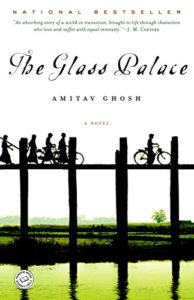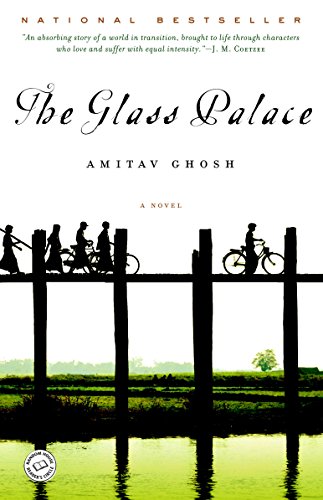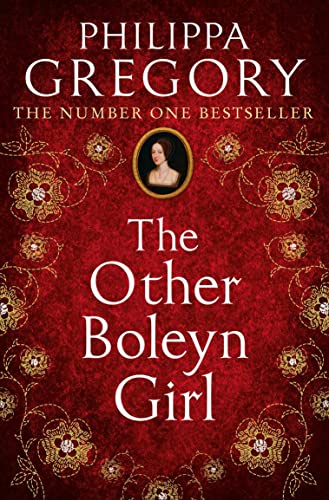
Estimated reading time: 4 minutes
The brilliant Indian author Amitav Ghosh is one of India’s greatest gifts to readers the world over. His deeply affecting historical novels relate the history of South Asia in fascinating detail, reflecting years of intensive research, both on-site and archival. Anchored securely in time and place, Ghosh’s characters virtually leap off the page. They’re hard to forget.
The Glass Palace is a case in point. The novel sprawls across more than a century of Burma’s history, from the British invasion of northern Burma in 1885 until 1999. The story opens in the Mandalay neighborhood surrounding the residence and seat of government of Burma’s last king, Thebaw Min.
In the palatial surroundings of his palace, Thebaw awaits the arrival of British troops who have moved up from the south to incorporate the kingdom as a whole in their empire. With little ceremony, he, his ruthless queen, and their daughters are hustled down the Irawaddy to Rangoon. Then they are bundled onto a ship and sent to a small town on India’s west coast. There, Thebaw lived out his days in exile.
The Glass Palace by Amitav Ghosh ★★★★★
The central characters are Rajkumar Raha and Dolly, a handmaid to the Second Princess. She is ten years old as the novel opens. Dolly is “a timid, undemonstrative child with enormous eyes and a dancer’s pliable body and supple limbs.” Rajkumar, who is just one year older, is a poverty-stricken orphan stranded in Mandalay by the captain of the ship he had crewed. When the two are briefly thrown together in the chaos surrounding the British invasion, Rajkumar instantly falls in love with Dolly. He remains smitten for many years until they meet again near the residence of the exiled king in India.
Three-way tension between the Burmese, the British, and the Indians
Though the focus in The Glass Palace is the history of Burma, the conflict at the core of the tale is the three-way tension between the Burmese, the British, and the Indian businessmen such as Rajkumar became as an adult. It’s essential to the story to note that two-thirds of the troops in the British invasion force were Indian as well, a great many of them Sikhs from the Punjab. The story leaps from 1885 to 1905 to 1914 to 1941 to the 1960s, 70s, 80s, and 90s, through four generations of the descendants of Rajkumar, Dolly, and their close friends. The key chapters devoted to the Second World War in Burma and Malaya are especially affecting. If, like me, you had no prior knowledge of Burma’s history, you’re sure to get a vivid picture of the events that most deeply shaped its evolution before the 21st century.
In addition to the Burmese King and Queen, there are several other historical figures that enter into this story: Mahatma Gandhi; Subhas Chandra Bose, the right-wing extremist who led the Indian National Army against the British in the Second World War; General Aung San, Burma’s independence leader, who was assassinated before taking office as president; and Aung San’s daughter, Aung San Suu Kyi, who now serves as the country’s preeminent elected leader.
For related reading
The Glass Palace was published in 2000. Amitav Ghosh is better known for his later Ibis Trilogy. I reviewed all three novels by this extraordinary Indian author at A superb historical novel about the opium trade by Amitav Ghosh (Sea of Poppies, 2008), A brilliant Indian novel about the first Opium War (River of Smoke, 2011), and An outstanding Indian novelist looks at the Opium War (Flood of Fire, 2015). And for the author’s history of the drug, see Smoke and Ashes: A Writer’s Journey Through Opium’s Hidden Histories by Amitav Ghosh (A new history of opium as addictive as the drug).
For other excellent historical novels, check out 20 most enlightening historical novels. And if you’re looking for exciting historical novels, check out Top 10 historical mysteries and thrillers.
You might also be interested in Top 10 great popular novels.
And you can always find my most popular reviews, and the most recent ones, on the Home Page.


























